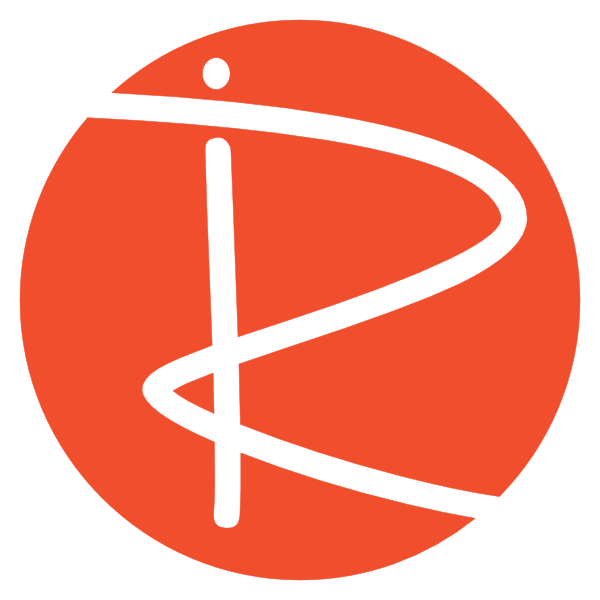Bootstrap: The Fast Track to Beautiful and Responsive Web Design
Tired of your website looking clunky? Is it hard to make it look good? Styling every single thing yourself takes forever. It also means you end up with a design that’s all over the place. Bootstrap is here to help. It’s got pre-built CSS classes that format things fast. Plus, it makes your site work well on phones and computers. Learn how to use Bootstrap alerts and grids. Creating great layouts doesn’t have to be a headache.
Understanding Bootstrap’s Core Concept: Pre-Built CSS
Bootstrap is all about using CSS that’s already made for you. Think of it like having a box of LEGOs. Each brick (or CSS class) does something specific. You just snap them together to build something cool!
What is Bootstrap and Why Use It?
Bootstrap is a tool that helps you design websites quickly. It’s a framework with ready-made CSS and JavaScript. This means you don’t have to write all the code from scratch. It makes your site look good and work well on all devices. Bootstrap is used everywhere, even on platforms like Moodle. This helps keep things looking the same across different sites.
Bootstrap gives you speed, consistency, and a responsive design. It has a big community that supports and offers help. Moodle uses Bootstrap to keep a consistent look across servers. It is a great tool for any website.
How Bootstrap Simplifies Web Development
Think about making a button. With regular CSS, you’d need to write a bunch of code. You have to style the color, size, and how it looks when you hover over it. Bootstrap lets you do it with one class. It saves time and keeps all your buttons looking the same.
Bootstrap helps save time by using its classes instead of writing unique CSS. Using Bootstrap, you can keep a consistent design across a website. This makes your site look professional.
Mastering Bootstrap Alerts: Quick Notifications that Pop
Alerts are like little pop-up boxes that tell people important stuff. They can be different colors to match your site’s look. You might use them to show a success message or a warning.
Exploring the Different Alert Types
Bootstrap comes with different alert types. There are primary, secondary, success, danger, warning, and info. Success alerts are green, and danger alerts are red. Each one has a different use.
- Success: For when something goes right, like submitting a form.
- Danger: For when something goes wrong, like an error.
- Warning: For things that need attention.
- Info: For general information.
Bootstrap helps with these different alert types. This means users will always understand the message.
Implementing Alerts: A Hands-On Example
To make an alert, you just add a class to a paragraph or div. You can then type some text in the alert box. You can use <p> or <div> tags. If you want multiple lines, hold Shift and press Enter.
Here’s how to do it. First, write your text. Then add <p class="alert alert-warning">Your text here</p>. That’s it! Now you’ve got a styled alert.
Grasping Bootstrap Grids: The Foundation for Responsive Layouts
The grid system is what makes your site look good on any device. It lets you split your page into columns and rows. This helps things line up nicely, no matter the screen size.
How the Bootstrap Grid System Works
The grid is built on rows and columns. There are 12 columns in total. You can decide how many columns each element takes up. This makes your layout flexible.
You can use classes like col-sm-, col-md-, and col-lg-. These let you set column widths for different screens. This is key to making your site responsive.
Building a Simple Layout with Bootstrap Grids
Let’s make a layout with two columns. One will be a sidebar (3 columns), and the other will be the main content (9 columns). Here’s the code:
<div class="row">
<div class="col-md-3">Sidebar</div>
<div class="col-md-9">Main Content</div>
</div>
Code language: HTML, XML (xml)This code splits the page into two parts. The sidebar takes up 3 columns, and the content takes up 9. That’s how you make a basic grid layout.
Beyond Alerts and Grids: Exploring More Bootstrap Components
Bootstrap has more than just alerts and grids. It also has navbars, buttons, and forms. These can make your website look even better.
Navbars, Buttons, and Forms: Expanding Your Bootstrap Toolkit
- Navbars: These are the menus at the top of your site.
- Buttons: You can style these quickly with Bootstrap classes.
- Forms: Bootstrap makes it easy to create forms that look good.
- Cards: Cards are containers for content.
Bootstrap has many tools to enhance your website. These can save you time and effort.
Resources for Learning More About Bootstrap
Want to learn more? Check out the official Bootstrap documentation. There are also tutorials and online courses available. The Bootstrap community is there to help.
Conclusion
Bootstrap makes web design faster. It provides responsive and consistent designs. Start using Bootstrap alerts and grids today. It will improve your workflow. Bootstrap empowers you to create good-looking websites with ease.
